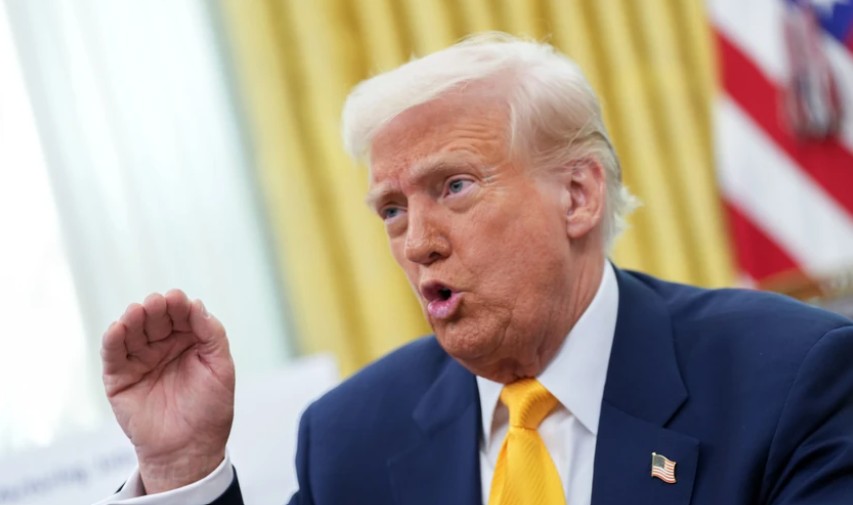The massive tariffs that President Donald Trump announced for dozens of trading partners on Wednesday were pitched as “reciprocal,” simply aiming to match the tariffs other countries charge the United States.
But the methodology behind Trump’s attempt to rebalance trade has nothing to do with the tariff rate that foreign countries impose on the US.
Instead, the Trump administration used a grossly oversimplified calculation, factoring in issues such as Chinese investment, alleged currency manipulation, and other countries’ regulations. The administration’s calculation divided a country’s trade deficit with the US by its exports into the country, then multiplied by 1/2. That’s it.
The president is essentially taking a sledgehammer to address a range of grievances, using the trade deficit other countries have with the US as a scapegoat. And the vague calculation could have broad implications for countries America depends on for goods — and the foreign companies that supply them.
“No Tariffs Used in the Calculation” Mike O’Rourke, chief marketing strategist at Jones Trading, said in a note to investors Wednesday, “The Trump administration is specifically targeting nations with large trade surpluses with the United States relative to their exports to the United States.”
Trump has frequently stated that his trade policy is based on a simple motto: “They charge us, we charge them.” But it turns out it’s not that simple.
Non-Trade Barriers The MFN tariff rates were established through negotiations among WTO members in the 1990s when the organization was founded.
The European Union’s MFN rate is 5%, but the Trump administration claims it’s closer to 20% due to “uneven and inconsistent” customs rules and lack of transparency in EU-level decision-making.
Meanwhile, Vietnam’s MFN rate is 9.4%, but Trump’s administration calculated it at 46% due to non-trade barriers.
Trade Deficits Aren’t a Crisis On a call with reporters Wednesday, a senior White House official referred to the deficits as a national emergency that must be addressed to retain factories and jobs in the US.
But is it really a bad thing that countries run such deficits with the US? Not necessarily.
The Risk of Trade Wars With the introduction of these massive tariffs, the risk of trade wars with other countries is high. “This is a dangerous move as it could incentivize our trading partners to retaliate against us,” said John Dove, an economics professor at Troy University.








